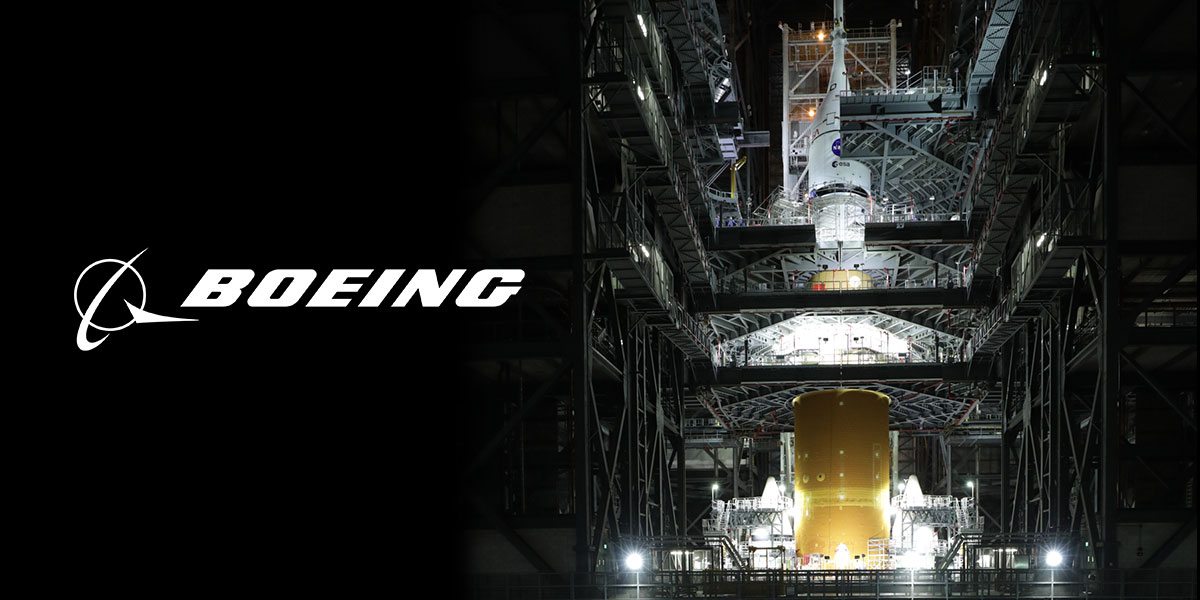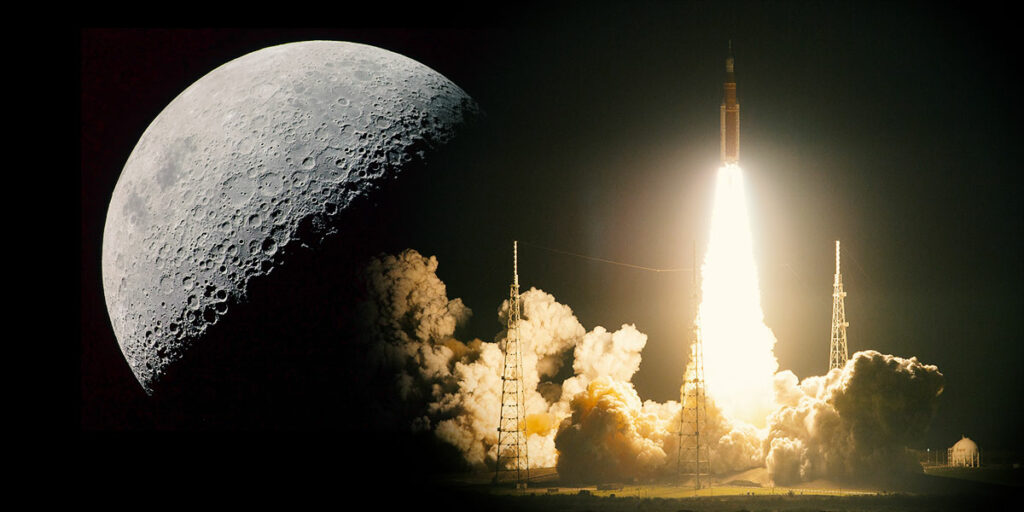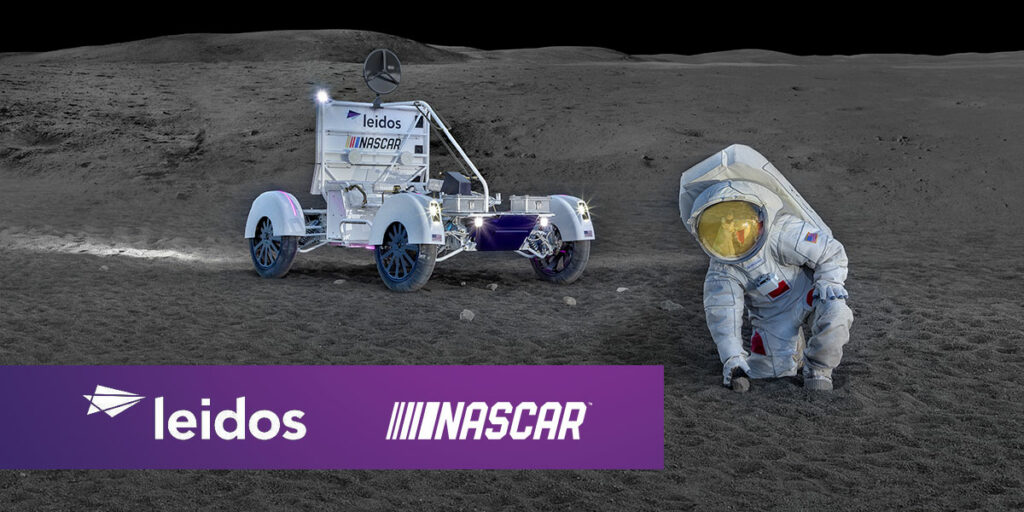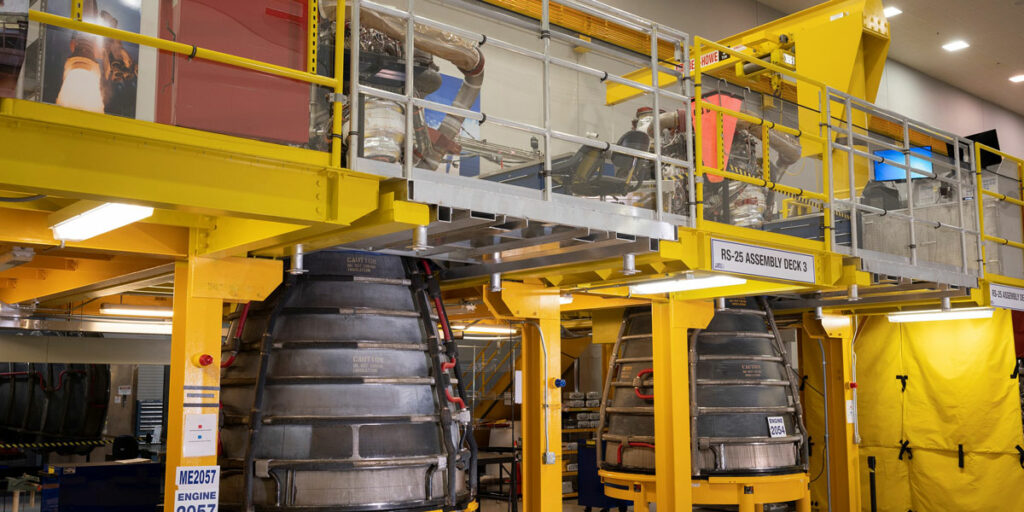NASA has reached a significant milestone in the agency’s mission to launch the next generation of human space exploration in the 21st century.
Stacking of the Huntsville-managed, mega-moon rocket and spacecraft has been fully completed. This sets the stage for the United States to return to the moon and eventually explore unchartered domain in the realm of space.
The Orion spacecraft has been secured by engineers and technicians atop the fully assembled Space Launch System (SLS) rocket. The spacecraft was successfully stacked on Thursday just before midnight at NASA’s Kennedy Space Center in Florida.
NASA released a video of the capsule being set atop the rocket, which can be viewed here.
The stack is complete! ✅
Next up, @NASAGroundSys teams will conduct integrated tests of @NASA_Orion and Space Launch System (SLS) along with the ground equipment, prior to rolling the rocket and spacecraft to the launch pad for a final test, known as the wet dress rehearsal. pic.twitter.com/q3639Fs84C
— NASA_SLS (@NASA_SLS) October 22, 2021
The SLS core stage constructed by Boeing is the largest rocket stage ever to be built. It will be utilized by NASA to launch the first woman and person of color to the moon, marking a historic achievement for the United States.
The SLS rocket is the central piece of human space exploration missions conducted by NASA. In addition to being the most powerful rocket NASA has ever constructed, it is the only rocket that holds the capability of sending astronauts, the Orion capsule and supplies to the moon in a single mission.
Boeing, which is the product’s prime contractor, has overseen the design, development, testing and production for the SLS core stage, as well as the development of the flight avionics suite.
The Artemis mission has set its sights on returning Americans to the moon and beyond, with the goal of eventually leading to discoveries on the surface of Mars.
Alabama’s Rocket City has played an integral role in its operations as a number of aerospace industry juggernauts have contributed to assisting NASA meet the agency’s explorative ambitions.
Dylan Smith is a staff writer for Yellowhammer News. You can follow him on Twitter @DylanSmithAL













